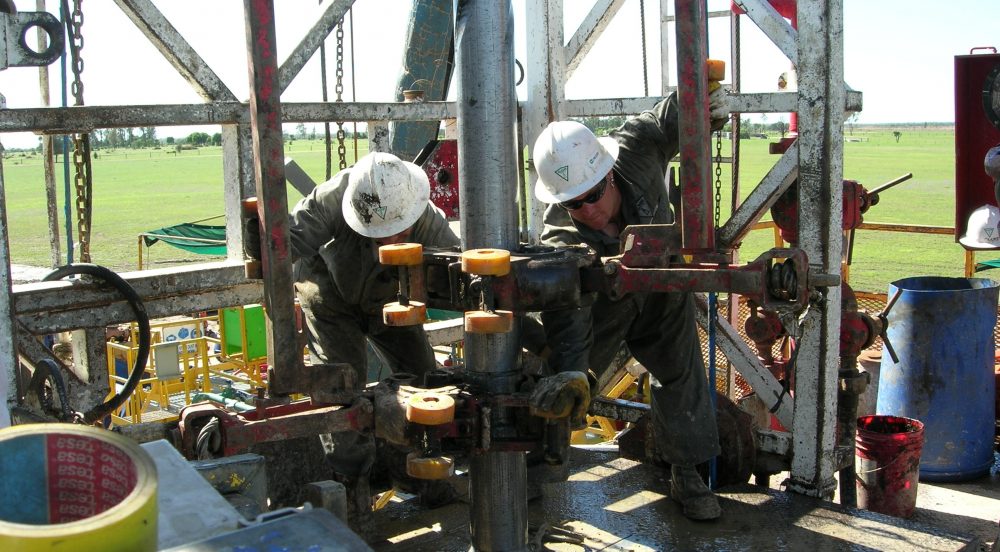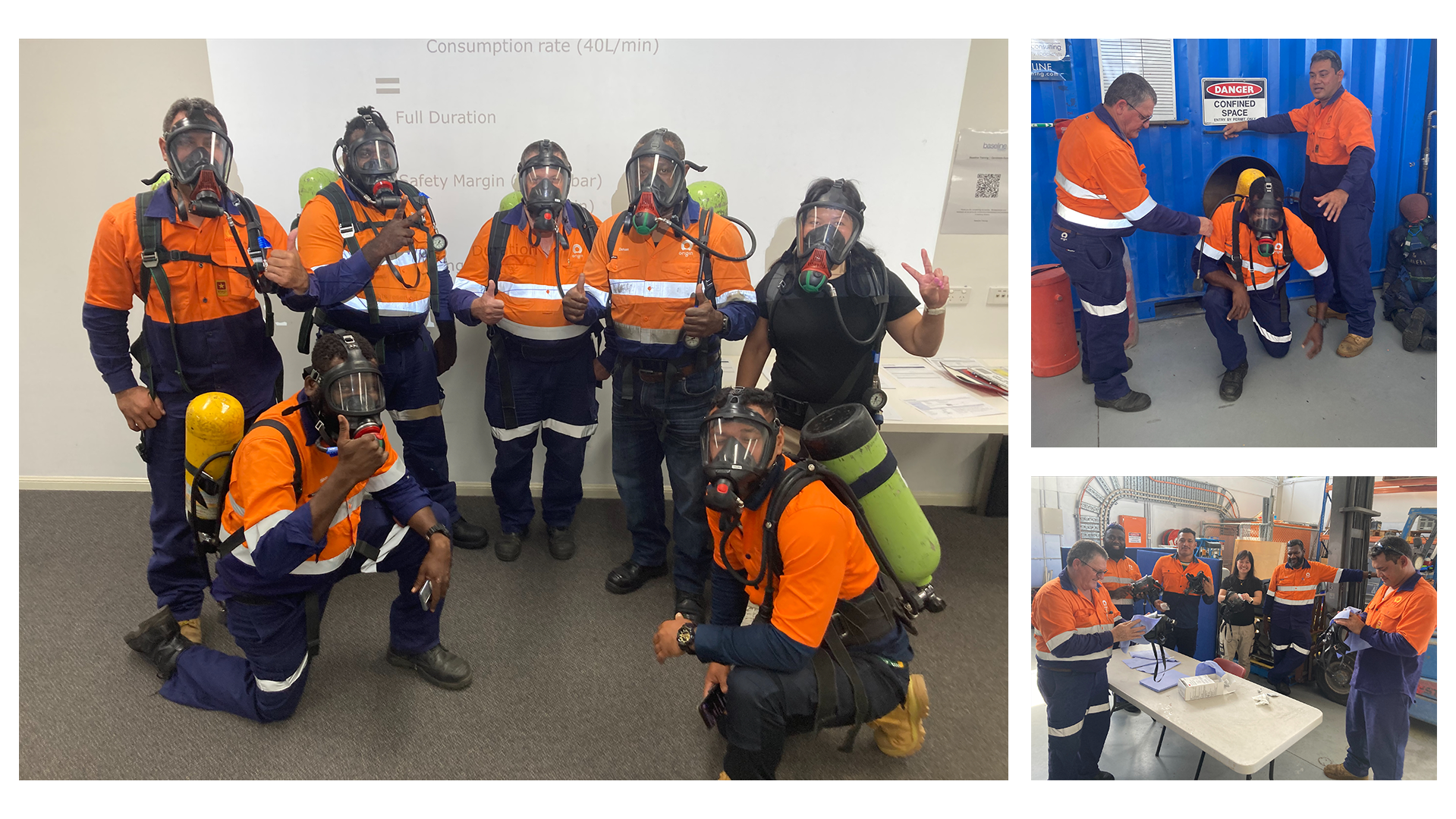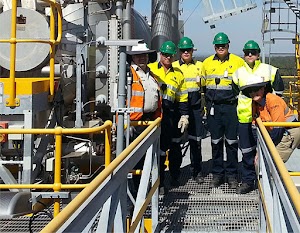Spotlight
Injuries in the Workplace: What You Can Do to Prevent Them

Minor injury, permanent disability, and even loss of life: Accidents in the workplace are a regrettable reality across a multitude of industries. While some are merely misfortunate, and others the result of malfunctioning equipment or improper maintenance, a great many accidents can be avoided through skills and safety training.
Access to such training is readily available in a variety of forms, and all members of any at-risk workforce—from the bottom to the top—should ensure that they have taken full advantage of any potentially life-saving skills or training afforded to them.
There are around 86,500 workplace injuries each year in Queensland alone. This represents one in every 25 workers; while one in 70 suffer from a serious injury. Furthermore, around 40 Queensland workers die each year as the result of an accident in the workplace. Workers in the construction, agriculture, manufacturing, and transport industries are at a particularly high risk of injury. Statistics support a significant need for adherence to safety protocol in a number of ways.
For example, while manufacturing accounts for approximately 18,000 injuries per year in Queensland, agriculture accounts for only 1700. That said, roughly 15 workers die each year in the agricultural sector, compared to four in manufacturing. Labourers are two times more likely to suffer injury than other workers in construction, and one in five injury claims in the transport industry come from the road freight transport subsector.
There is an abundance of safety training available to all members of the Queensland workforce, and individual workers can seek risk-specific training tailored to their needs. This includes safety training for workers operating at heights and workers operating in confined spaces. Operational machinery training is available, as well as contingency training, such as skilling to cover first aid, CPR, and emergency response.
Of course, taking every precaution to ensure the safety of workers is vital with regard to human life, quality of life, personal finances, and the overall well-being of the individual. However, accidents in the workplace generate other problems, both to individuals and to industry as a whole.
In Queensland, $780 million is paid out annually in compensation to those suffering from workplace injuries: A huge sum, especially when considering this figure doesn’t account for any reduction in efficiency from days lost due to injury. Compensation, while utterly necessary, constitutes a significant cost to industry; a cost which could be mitigated through safety training and skilling.
Furthermore, under the WHS Act, Queensland legislature poses serious penalties to those failing to comply with a health and safety duty. Minor offences include fines of up to $50,000 for an individual worker and up to $500,000 for a corporation. The most severe penalties imposed constitute up to five years in prison for individuals and up to $3 million in fines for corporations.
Ultimately, fostering a safer working environment requires the promotion and implementation of safety skilling and training. Death or injury may be averted, quality of life preserved, and severe penalties can be avoided. This requires not merely the intention to be safer at work, or the propagation of a culture of caution, but a real, effective emphasis on specific skilling and training in workplace safety.
Minor injury, permanent disability, and even loss of life: Accidents in the workplace are a regrettable reality across a multitude of industries.





